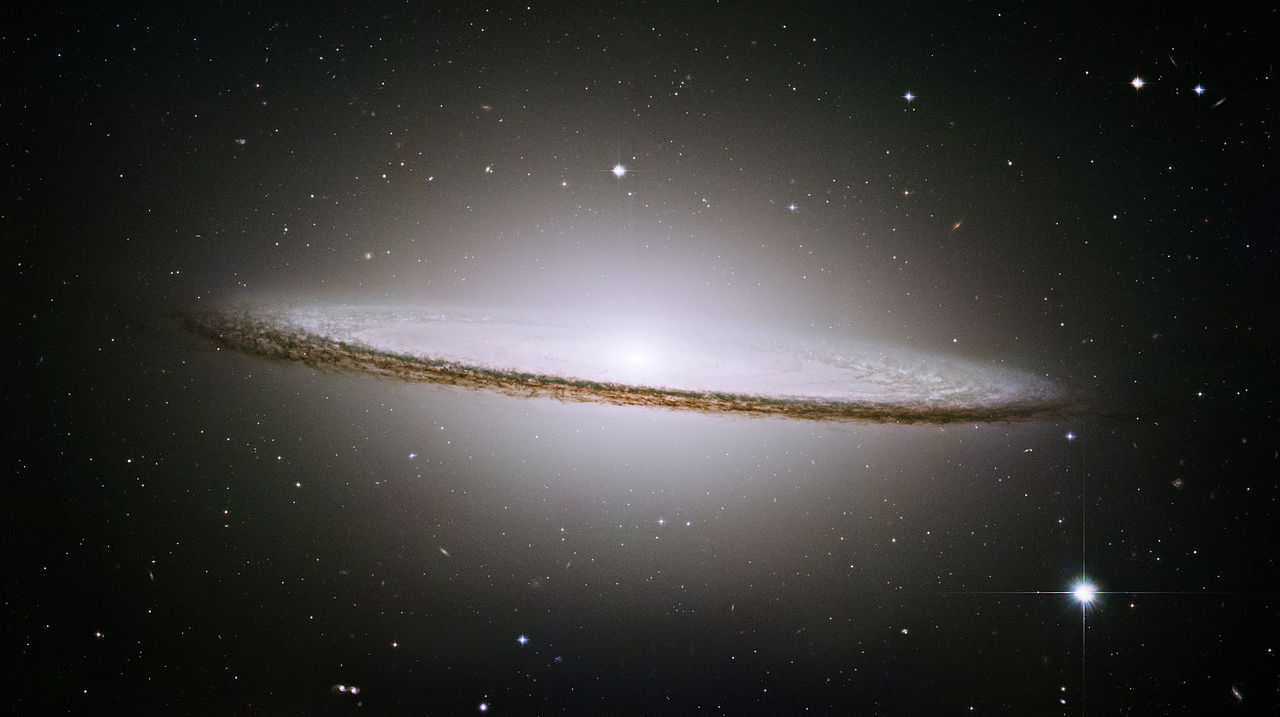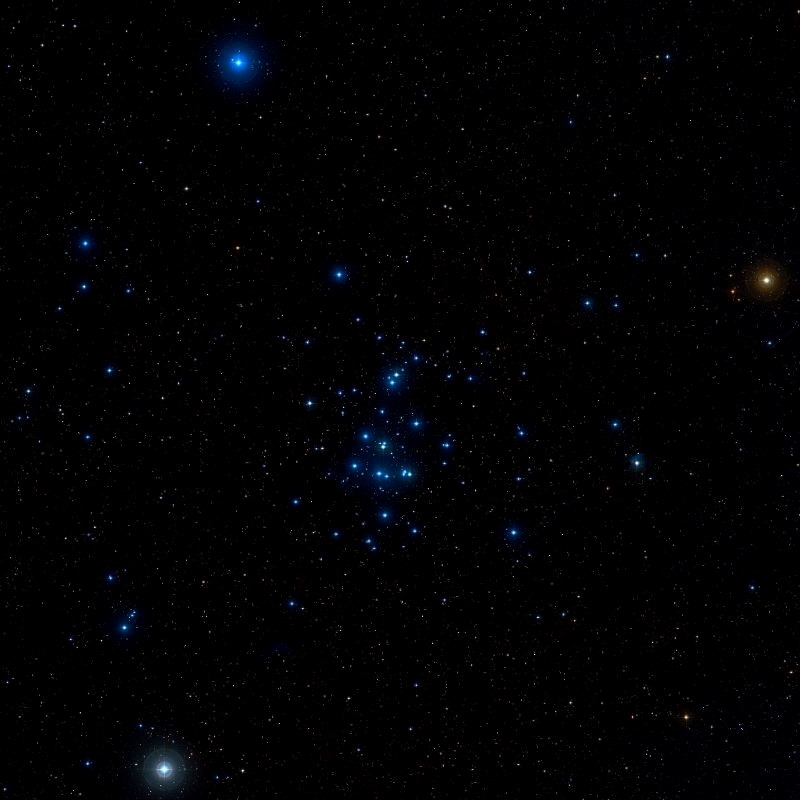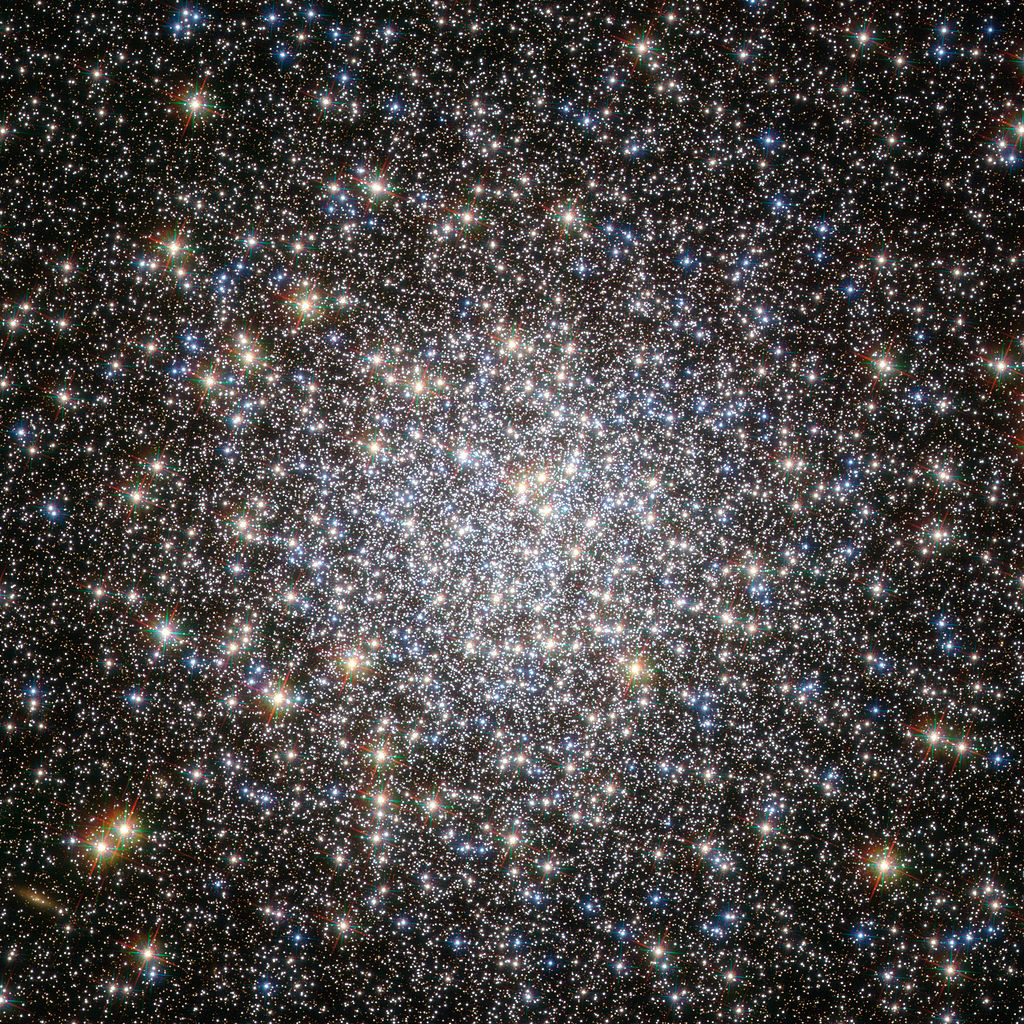Virgo Cluster
The Virgo Cluster is the closest large cluster of galaxies to the Milky Way. With over a thousand known members, the cluster spans an area of the sky about 5 by 3 degrees in size. While some of the most prominent members can be seen in smaller instruments, a 6-inch telescope will reveal about 160 galaxies in this region on a clear night.
Read More »Virgo Cluster





